5 Lingonberry Jam Alternatives for Sweet-Tart Flavor
Lingonberry jam substitutes can transform ordinary dishes into extraordinary culinary experiences when this Scandinavian specialty remains elusive.
Finding authentic lingonberry products outside Nordic countries proves challenging, yet several alternatives capture similar tart-sweet profiles.
These replacements often maintain the vibrant color and distinctive tanginess that makes lingonberry jam so beloved in traditional recipes.
Cranberry preserves offer perhaps the most recognized alternative, though numerous other options exist beyond this common choice.
Some substitutes actually provide additional health benefits while maintaining flavor compatibility with savory dishes like meatballs or hearty breads.
The right replacement depends on what aspects of lingonberry jam matter most to you – whether that's texture, sweetness level, or visual appeal.
Continue reading to find perfect alternatives that will seamlessly integrate into any recipe calling for this distinctive Nordic condiment.
What Is Lingonberry Jam?
Lingonberry jam is a sweet-tart spread made from small, bright red lingonberries, which grow wild in Scandinavian forests and are loved for their bold, tangy flavor. This traditional preserve is a staple in Nordic kitchens, where it brings color and zest to both sweet and savory dishes:
Sweet-Tart Lingonberry Jam Alternatives
Lingonberry jam missing from the fridge can be handled with a flavorful swap. It blends right in and keeps the recipe just as balanced and bright.
Cranberries
Lingonberries can be effectively replaced with cranberries since both share that perfect balance of tartness and sweetness, making them ideal for various baked treats.
Many grocery stores stock cranberries year-round, while lingonberries often remain difficult to find outside Scandinavian regions.
Simply heat the cranberries until they reach a jam-like consistency, adding small amounts of sugar to achieve your desired sweetness level.
The substitution works seamlessly with a straightforward 1:1 ratio in any recipe calling for lingonberries.
Both berries also offer similar nutritional benefits, including antioxidants and vitamin C, so your dishes remain equally healthy with this swap.
Pomegranate Molasses
Molasses offers a unique sweet and earthy flavor that works surprisingly well as a substitute for lingonberry jam in many recipes.
Most grocery stores carry this versatile ingredient, making it easy to find when you need an alternative.
The rich, dark syrup blends perfectly into baked goods and creates delicious savory sauces with minimal effort.
For best results, simply use a 1:1 ratio when replacing lingonberry jam, just as you would with cranberry jam.
The deep caramel notes complement similar dishes while adding their own distinctive character to your cooking.
Cowberries
Lingonberry jam substitutes are easy to find when you know what flavors to match.
Cowberries stand out as the top alternative because they offer an even stronger tart flavor than lingonberries themselves.
Many cooks prefer to add a bit of extra sugar when using cowberries to balance their pronounced tartness in recipes.
Red currant jelly or cranberry preserves can work well too, though they may need slight adjustments to match the original taste profile.
In a pinch, raspberry jam mixed with a splash of lemon juice creates a reasonable approximation that most dinner guests won't question.
Red Currants
Red currants offer a delightful sweet-tangy flavor that enhances both desserts and savory meals, making them an excellent substitute for lingonberries in various recipes.
The key to success lies in ensuring their distinct taste complements the other ingredients in your dish.
Most grocery stores carry these bright berries year-round, so finding them shouldn't pose much difficulty.
For best results, simply use them in a straightforward 1:1 ratio when replacing lingonberries.
Red currant jam provides an especially convenient option that maintains similar texture and spreadability in baked goods and sauces.
Rowanberry Jam
Rowanberry jam, a beloved staple in British and Scandinavian cuisines, offers an irresistible sweet-sour flavor that pairs wonderfully with meat dishes.
Many food enthusiasts compare its taste profile to lingonberry jam, making it a perfect substitute when the original ingredient isn't available.
Substituting is straightforward - just use rowanberry jam in equal amounts wherever lingonberry jam is called for in recipes.
The distinctive tartness adds complexity to savory meals while providing similar visual appeal on your plate.
These colorful berries create jams that balance sweetness with acidity, enhancing everything from roasted game to hearty stews.
DIY Homemade Lingonberry Jam Recipe
Making your own lingonberry jam at home is simple and brings a burst of Nordic flavor to your kitchen. With just a few ingredients, you can enjoy this sweet-tart treat on toast, pancakes, or savory dishes:
Common Mistakes to Avoid When Substituting Lingonberry Jam
Swapping out lingonberry jam in recipes or on the table can work well, but a few simple mistakes might affect the final flavor, color, or balance of your dish. Knowing what to avoid makes substitutions much more successful:
Lingonberry Jam Substitute FAQs: Your Essential Guide
1. Can I make a quick homemade lingonberry jam substitute?
Absolutely, cook cranberries or red currants briefly with sugar or sweetener, a squeeze of lemon juice, and a little water until thickened.
2. Are there vegan substitutes for lingonberry jam?
Yes, most store-bought jams and homemade preserves are naturally vegan, just check labels for gelatin or honey.
3. Will substitutes work well with savory dishes, like meatballs?
Yes, cranberry sauce or red currant jelly are excellent with savory dishes, providing the sweet-tart balance similar to lingonberry jam.
4. Can I use blueberry or blackberry jam instead of lingonberry?
You can, but these are sweeter and less tart. Consider adding a squeeze of lemon juice to balance sweetness.
5. Are lingonberry jam substitutes gluten-free?
Most jams and preserves are gluten-free, but always double-check ingredient labels for any hidden additives or gluten contamination.
6. How should I store lingonberry jam substitutes?
Store opened jams and preserves refrigerated in sealed containers and use within a few weeks for best flavor and freshness.
7. Will substitutes change the texture of sauces or baked goods?
Most substitutes provide a similar consistency and texture, but cranberry sauce might be slightly chunkier than lingonberry jam.

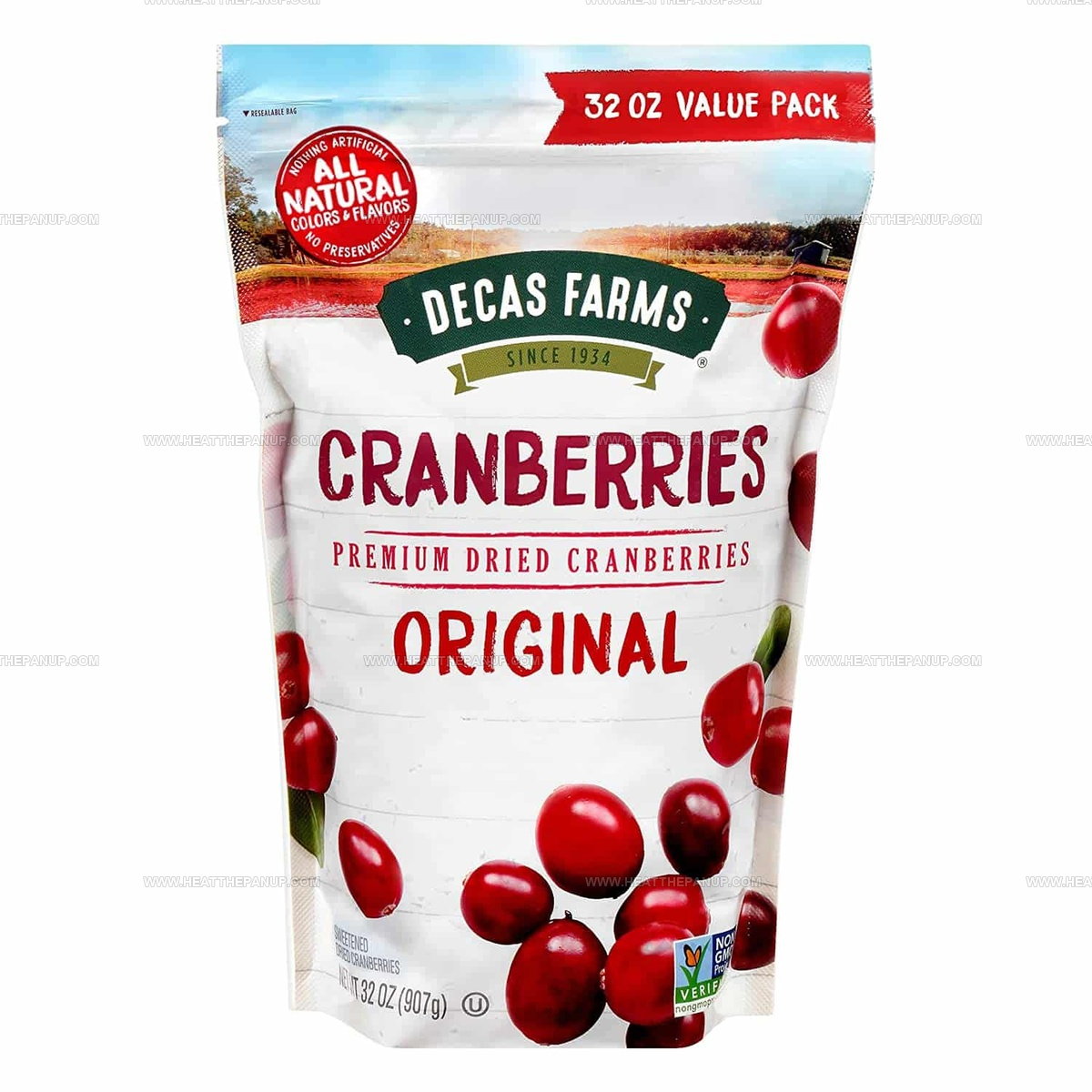
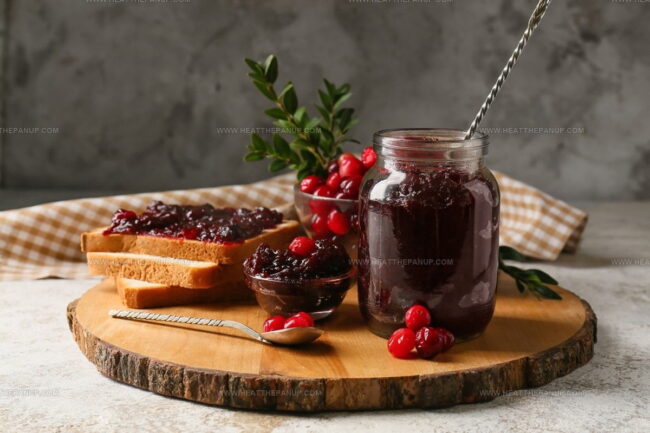
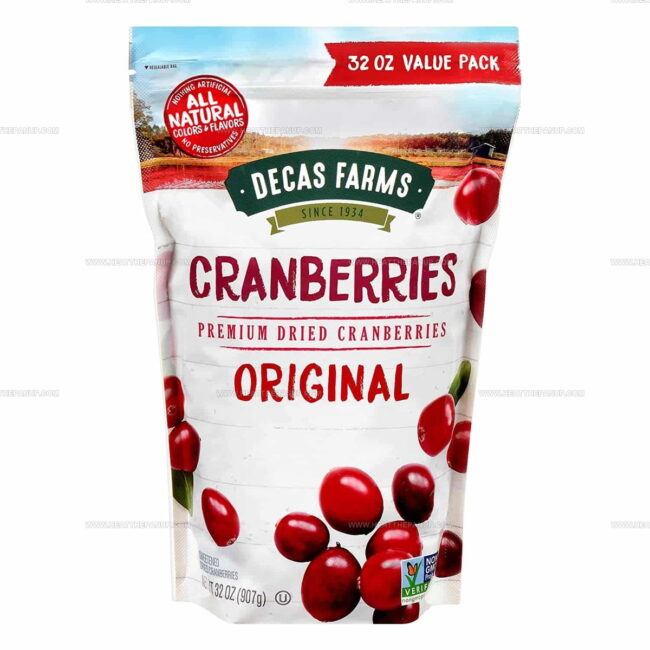
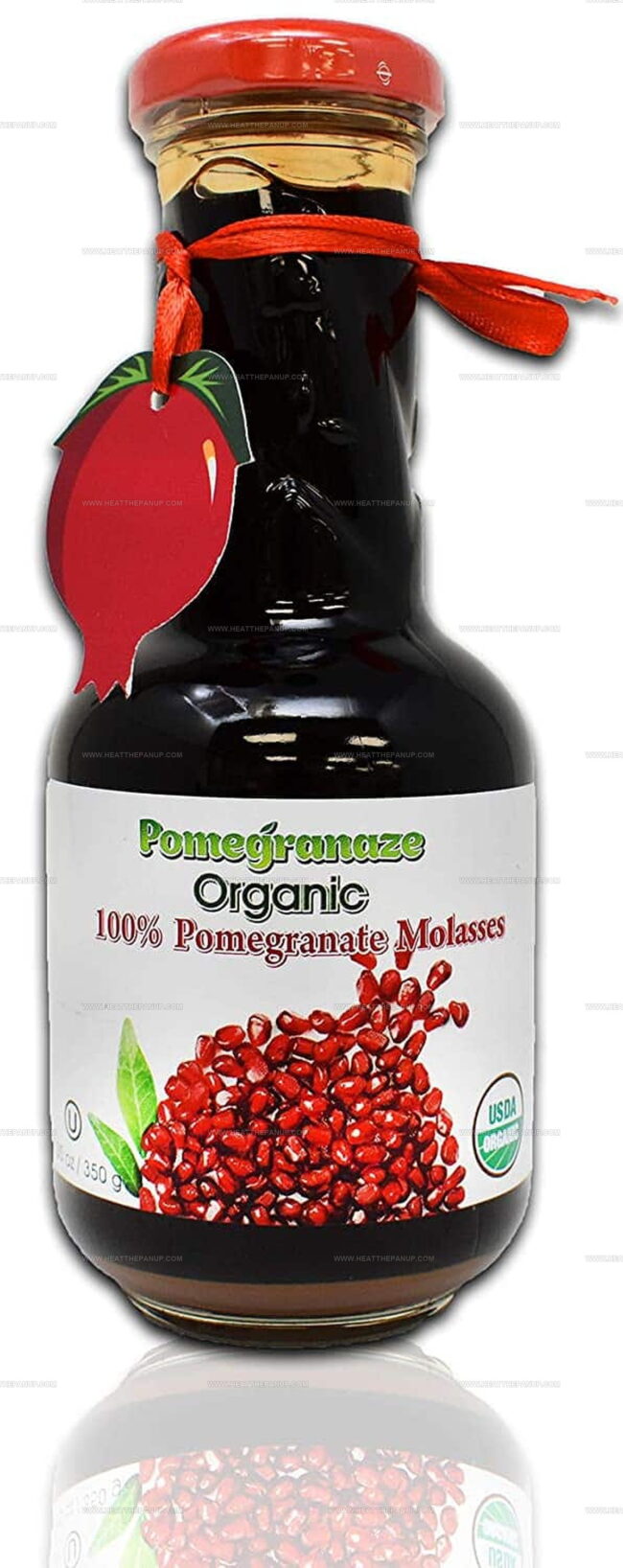
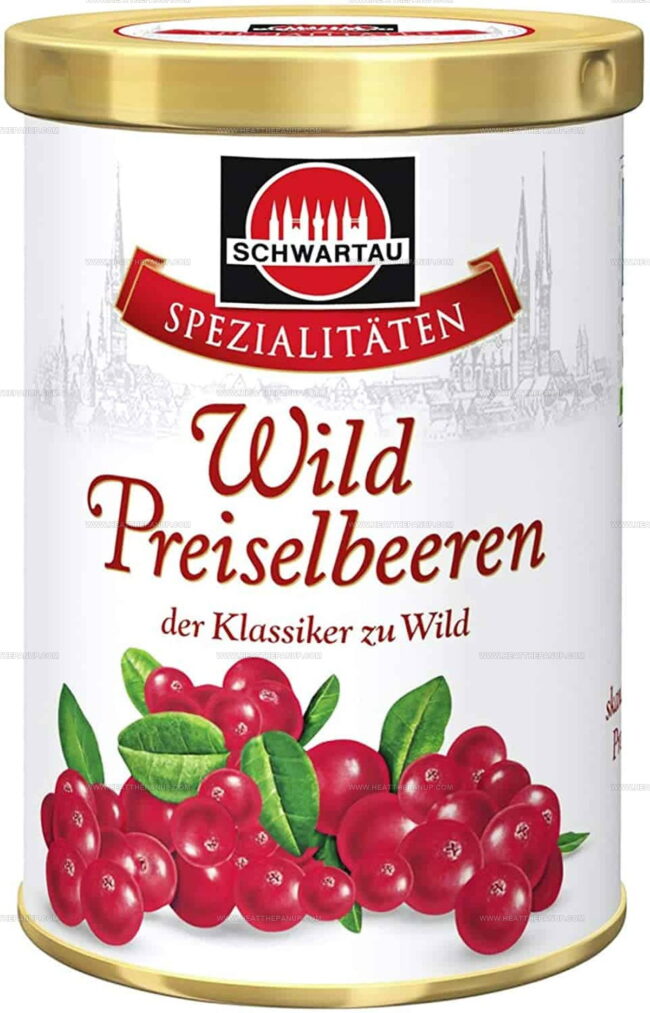
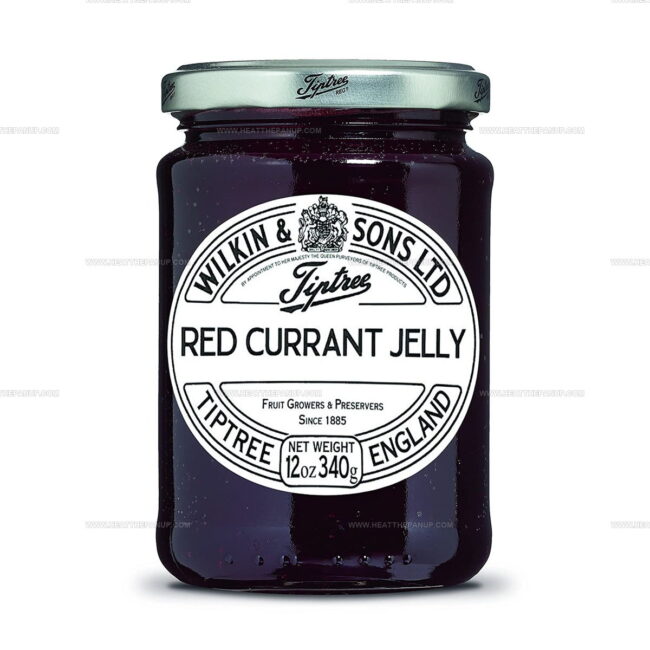
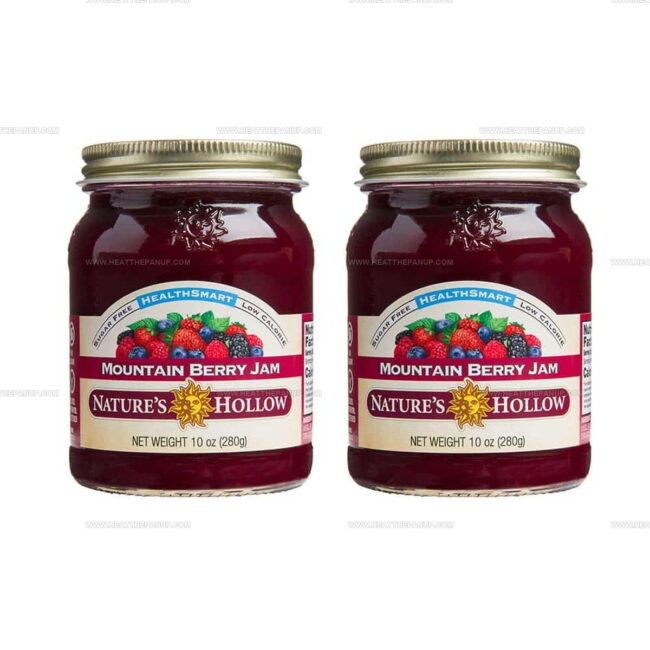
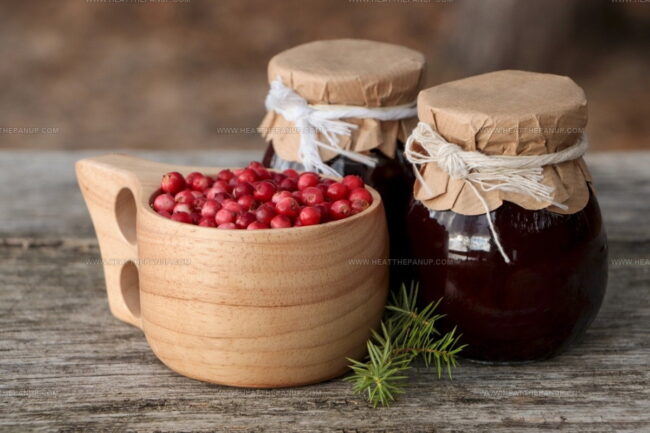
James Hambly
Founder & Recipe Creator
Expertise
Recipe Development, Culinary Education, Farm-to-Table Cooking, Southern Cuisine
Education
Asheville-Buncombe Technical Community College
Certificate in Culinary Arts
Focus: Hands-on training in professional cooking techniques, emphasizing farm-to-table practices and Southern cuisine.
The Chef’s Academy
Associate Degree in Culinary Arts
Focus: Comprehensive culinary education covering global cuisines, kitchen management, and food safety.
James grew up surrounded by the smells of cast-iron skillets and slow-cooked Southern meals in Asheville, North Carolina.
He sharpened his skills with a Certificate in Culinary Arts from Asheville-Buncombe Technical Community College, and later leveled up with an Associate Degree from The Chef’s Academy.
James’s philosophy is simple: the best meals don’t need fancy tricks, just fresh ingredients, a hot pan, and a little bit of heart. His favorite days are spent testing one-pan wonders, chasing bold flavors, and creating recipes that feel easy, even on a busy night.